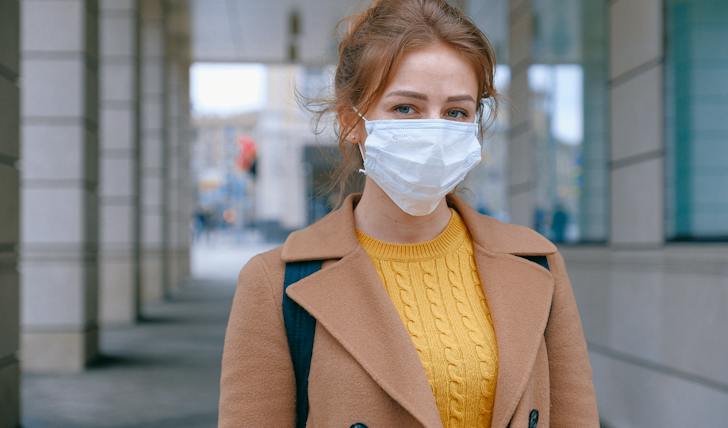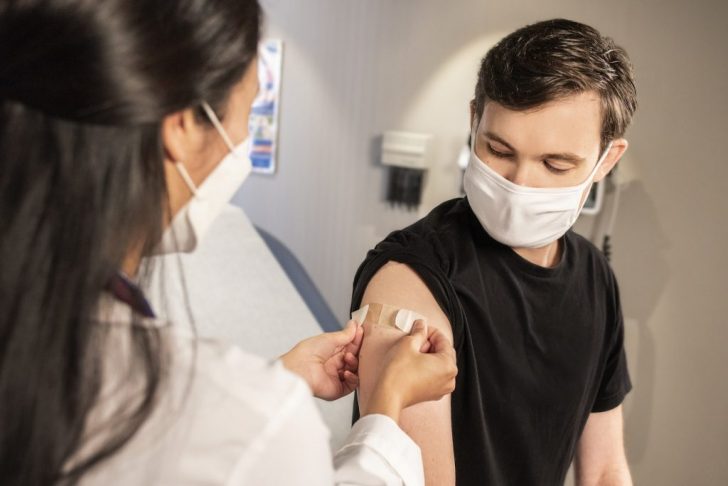As we usher in the new year, a familiar yet unwelcome guest has made its appearance across the United States. The first fortnight of 2024 has seen a significant spike in respiratory illnesses, including the flu, COVID-19, RSV (respiratory syncytial virus), and others. The Centers for Disease Control and Prevention (CDC) has painted a rather grim picture of sniffles, coughs, and fevers sweeping the nation.
However, as daunting as this may sound, there is a silver lining shimmering through the cloudy skies of winter illnesses.

Why this sudden increase, you ask? Well, it is not entirely surprising. Following the festive season, when people travel, gather, and celebrate, viruses find fertile ground to spread. These respiratory viruses, opportunistic as they are, thrive in the cold, dry winter air, and the increased indoor activity during this season provides a perfect storm for transmission.
A Trio of Troublemakers
This year, the trio causing the most trouble includes influenza, COVID-19, and RSV. Each, though different in nature, presents a challenging scenario for public health.
- Influenza: A familiar foe, the flu comes and goes every year, but its impact is always significant.
- COVID-19: The virus that defined the past few years continues to evolve and spread, albeit with lesser severity in many cases, thanks to vaccination efforts.
- RSV: Particularly concerning for children and the elderly, RSV can cause severe respiratory problems.

Across the country, people are reporting a range of symptoms. Fever, coughing, sore throat, and general malaise are common. It has a mixed bag of symptoms, often overlapping between these illnesses. Thus, making self-diagnosis tricky and increasing the importance of professional medical advice.
Despite the grim start to the year, the CDC offers a beacon of hope. As winter wanes, so too will these respiratory diseases. This is not just wishful thinking. It is backed by historical patterns and scientific understanding of viral behavior.
Why the Optimism?
Seasonal Patterns: Respiratory illnesses often follow a seasonal pattern. As spring approaches, warmer and more humid conditions make it harder for these viruses to survive and spread.
- Increased Immunity: With each wave of illness, more people develop immunity, either through infection or vaccination, which eventually leads to a decrease in cases.
- Public Awareness and Measures: Increased awareness and public health measures, such as vaccination and hygiene practices, play a crucial role in controlling the spread.

Vaccination remains one of the most effective tools in our arsenal against these viruses. The flu vaccine, updated COVID-19 boosters, and other respiratory vaccines offer significant protection. Not just in preventing illness but also in reducing the severity of symptoms if one does get sick.
Why Vaccinate?
Broad Protection: Vaccines are designed to protect against multiple strains of viruses, increasing their effectiveness.
- Community Immunity: High vaccination rates can lead to herd immunity, protecting those who can not be vaccinated, like certain high-risk groups.
- Reducing Healthcare Burden: By preventing severe cases, vaccines play a critical role in reducing the strain on healthcare systems.




